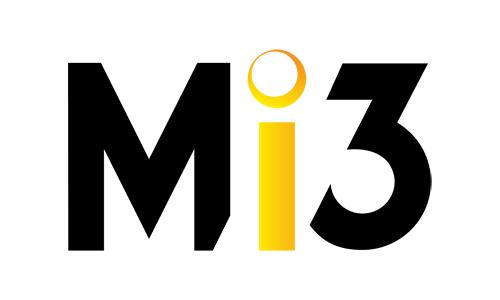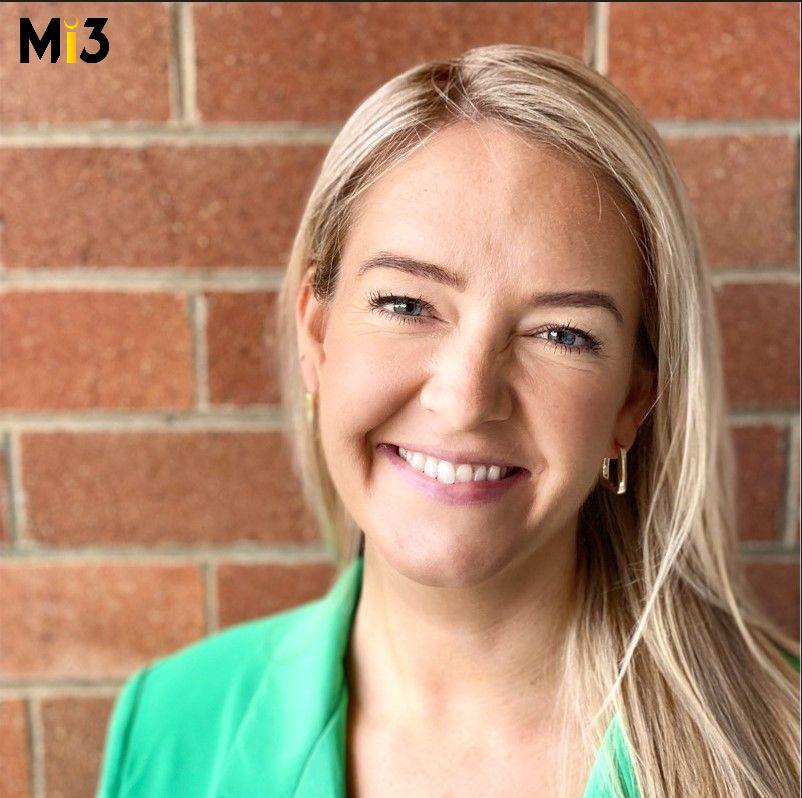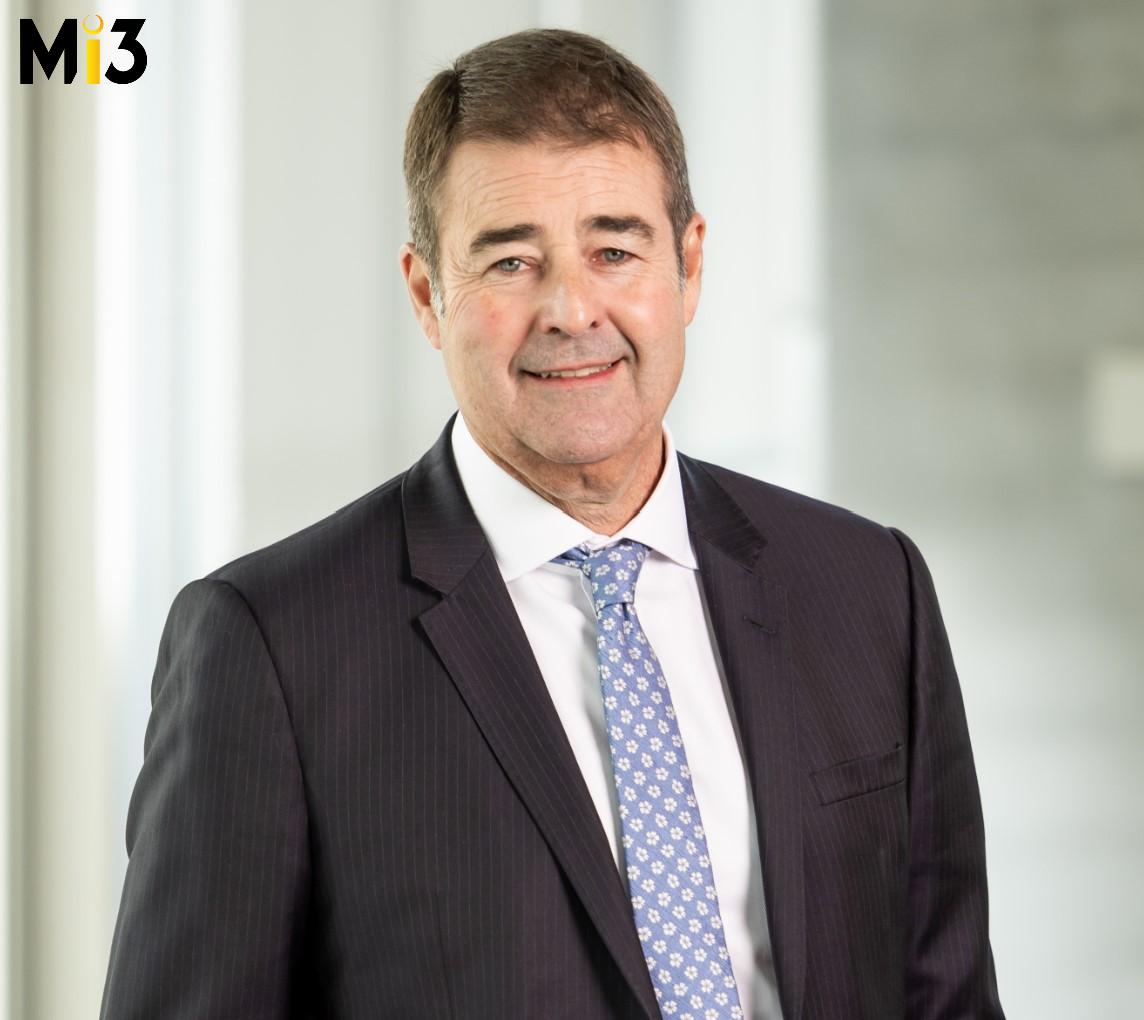A deep, senior marketer study and report by Mi3, The Australian Marketing Institute (AMI), Qualtrics and Tumbleturn finds hard evidence across 105 top marketers responsible for $3bn-plus of budgets of an emergent three-speed marketing economy and upended KPIs and priorities.There are big question marks in key sectors such as retail around the effectiveness of personalisation efforts: Just 15 per cent think their CX is performing, though telcos are confident they’re smashing it. There’s also a major swing to performance media as CMOs seek instant results. The good news is that after decades of being perceived as the colouring-in department, 83 per cent of marketers say that has now shifted, with boards and CEOs perceiving marketing as a critical growth driver – though B2B marketers are far less certain.Problem is, marketer remits are exploding and the FY 25 Marketing & Customer Benchmarks report, polling top marketers across all B2C and B2B sectors, finds the majority feeling ill-equipped to tackle what’s rapidly coming at them. Plus they now have heightened responsibility for customer – with customer lifetime value or CLV eclipsing all other KPIs across the sample as a future indicator – thrust upon them.But CMOs, customer chiefs and marketing directors across the piste are trying to offload duties to free-up bandwidth. Getting lead agencies to manage the partner roster – with an average of 10 agencies per brand across the survey – alongside consolidation is a rising trend, as is hybrid in-housing. Large brands meanwhile forecast project work will eclipse retainer arrangements, with even small brands suggesting it will be at least half of their requirements.Then there’s the question of AI and just how marketers are using it. Content creation and productivity – which comes with positive and negative connotations for headcount – top the pile.AMI’s Bronwyn Heys, Tumbleturn’s Jen Davidson, Qualtrics’ Ivana Sekanic and Akcelo’s Aden Hepburn unpack the findings and implications for marketers, agencies and the broader supply chain heading into FY25 and beyond. Download the report – here – to accompany the nuanced expert view.
Author: admin
Endeavour Group taps BMF as lead creative agency
Endeavour Group, a prominent player in Australia’s drinks and hospitality sector, has appointed BMF as its lead creative agency.
Chobani GMs of demand and growth exit, newly installed MD unwraps new-look strategy – with profit powering purpose
Chobani is incubating a major culture change amid a shake-up of roles and priorities at the yoghurt brand after a multipack of recent senior exits. The return of a dedicated GM of marketing focused on boosting brand awareness and perceptions, along with a new-look GM of science and innovation role plus heavy emphasis on channel expansion are cornerstones of new MD Scott Hadley’s strategic overhaul as he plots a path to sustainable growth. Following departures of GM of growth, Olivia Dickinson, and GM of demand, Julia Clark, plus others, Hadley is restructuring for effectiveness and efficiency. The aim of the game is profit that enables purpose – while improving product accessibility.
Earning attention with bowl haircuts: Why Google partnered up with Sharon Strzelecki and tapped B2C playbook for new B2B blitz
Too many marketers engage in the “cardinal sin” of taking B2B audience attention for granted, according to Emotive’s managing partner and head of strategy, Michael Hogg. But not this time, reckons Google’s group marketing manager, Duncan McGrath. A new campaign created by the pair and launching this week sees Google teaming up with Australia’s favourite bowlcutted netballer Sharon Strzelecki, to show how easy it is for small firms to set-up an advertising program on Google Search or YouTube with the help of AI and some entrepreneurial spirit. It’s anything but traditional B2B marketing.
7 in 10 Aussies use Chinese marketplaces, Temu tops the list
Chinese marketplaces are gaining popularity among Australian consumers with 7 in 10 of us shopping in these ecommerce spaces over the last year, according to a recent survey by Omnisend.
Fully chalked. Survey says ‘No more cringe slang’ in comms. What’evs girlfriend. Mic drop
Hello fellow kids, Exclaimer, the email signature management platform, dropped a survey looking at how different generations feel about formality in email marketing. Turns out, brands might need to rethink their email game, ’cause a big chunk of consumers of all ages are vibing with formal language.
From CCO to CEO, Richard Fennel takes the reins at Bendigo and Adelaide Bank
Bendigo and Adelaide Bank has announced the appointment of Richard Fennell as its new CEO and Managing Director. Fennell, has served as the bank’s Chief Customer Officer for Consumer Banking since 2018.
Online industry has six months to get its act together on shielding children from online risks: eSafety Commissioner
Australia’s eSafety Commissioner has issued a notice to key members of the online industry, giving them a six-month window to develop enforceable codes to protect children from graphic pornography and other high-impact content.
PepsiCo promotes Vandita Pandey to VP of marketing for international beverages; search for ANZ marketing leadership replacement underway
PepsiCo A/NZ CMO, Vandita Pandey, has headed back overseas thanks to a promotion heading up the international beverages, hydration business as VP of marketing.
Nikki Clarkson departs SCA, more redundancies expected
Southern Cross Austereo (SCA) has confirmed the departure of Chief Marketing Officer, Nikki Clarkson, ahead of a number of redundancies imminent at the media network.










